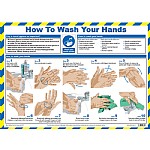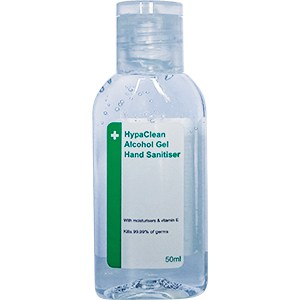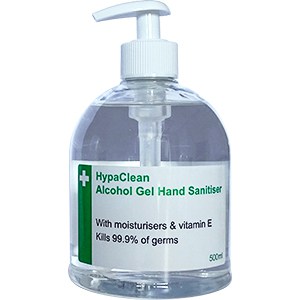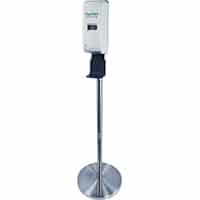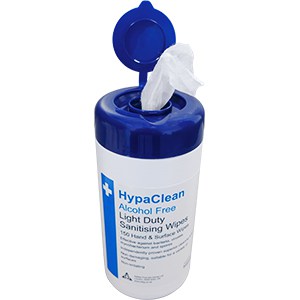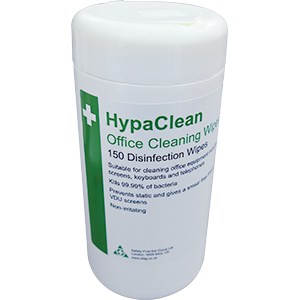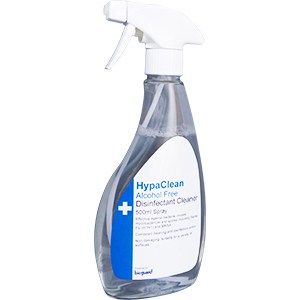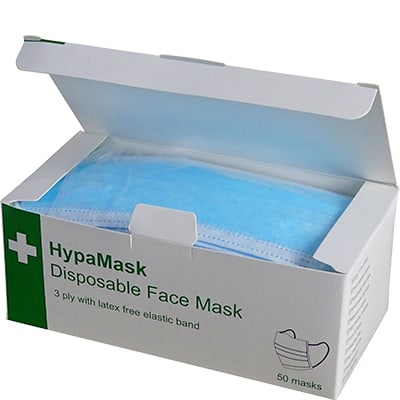
HSE Continues with Inspections to Ensure Workplaces are COVID-Secure
The HSE is clear that the spot-check programme is intended to support workplaces in ensuring they are working safely. However, any kind of spot-check can be stressful for workplaces so here is a summary of what to expect and how to prepare.
What Can I Expect from a COVID-19 Workplace Inspection?
There are two ways that the inspections are taking place:
- The HSE inspectors may call workplaces to discuss current protocols and to provide further information and guidance.
- The HSE inspectors may visit workplaces to see and discuss the protocols in place and provide further information and guidance. This may happen as part of a routine health and safety inspection, or as an inspection in its own right.
Officers who visit workplaces will carry identification from their business and an authorisation letter from the HSE. You are welcome to verify an officer, should you need, by calling 0300 790 6896.
These inspections are taking place to ensure that the measures put in place by businesses are in line with UK government guidance.
How do I Prepare for a COVID-19 Workplace Inspection?

The inspectors will expect to see or discuss the following:
- Updated risk assessments, with appropriate measures put in place to manage risks.
- Adequate ventilation.
- Appropriate cleaning .
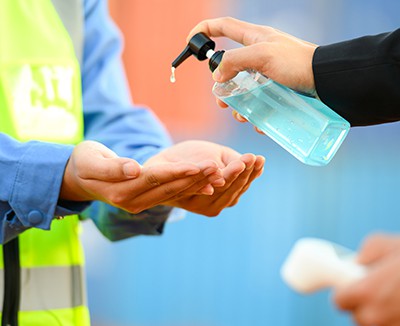 Good hand hygiene from all workers.
Good hand hygiene from all workers.- Employers consulting with their workforce, or representatives, on health and safety matters to reduce risk.
Hygiene and Sanitisation in the Workplace
One of the first steps to making your workplace COVID-secure is to ensure you and your employees are maintaining high levels of hygiene and sanitisation. This should be made a part of your risk assessment and should consider every aspect of the working day that could increase the risk of spreading COVID-19 or other viruses.Consider all the moments where contact is made between people in your workplace and how to limit the risk:
- Direct physical contact – one person physically touches another, for example by shaking hands. This is easily limited in many workplaces by removing practices such as shaking hands. However, in workplaces requiring physical labour (construction), or where contact is essential (healthcare and social care), employers need to consider how to limit the risk around it.
- Indirect physical contact – one person touches an object that another person has touched or had respiratory contact with, for example the handle on a door or other shared surfaces such as a photocopier or kettle.
- Respiratory contact – respiratory droplets from one person are inhaled by another person when they stand close together. Alternatively, these respiratory droplets may land on surfaces that another person touches. Meeting rooms and shared offices increase the likelihood of respiratory contact, as they are usually smaller areas where people sit or stand close together for longer periods of time.
How to Improve Hygiene and Sanitisation in the Workplace
The most effective way of improving hygiene and sanitisation in the workplace is through increasing awareness and ensuring all employees have the resources to comply with measures put in place:
Use signs and posters to improve awareness in hand-washing areas, or areas where contact (direct, indirect or respiratory) is likely to be made:
In these same places, ensure sanitising gel is readily available. The easier it is for people to use hygiene products, the more likely they are to use them:
The same goes for cleaning equipment. For many, a sanitising wipe is a much easier method of quickly cleaning a surface, such as a photocopier keypad or door handle. For larger surfaces, such as a kitchen counter, sanitising spray might be easier:
Have spare masks, if that is part of your COVID strategy, and place them in areas where people most need them (for example at the entrance to a meeting room or the door leading to a space shared with customers):
What Else Should I Know about Health and Safety?
Make sure you understand exactly what your workplace needs and that you have the necessary first aid kits and equipment to provide effective first aid in your workplace.
Read our blog for more information on first aid, or contact us for further advice and information on our products.


